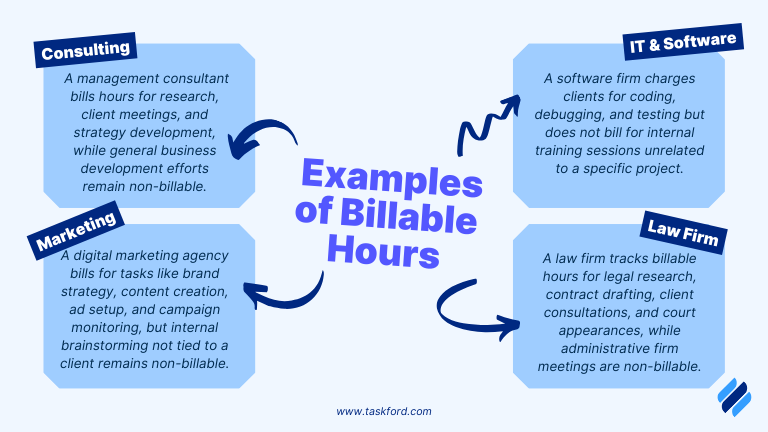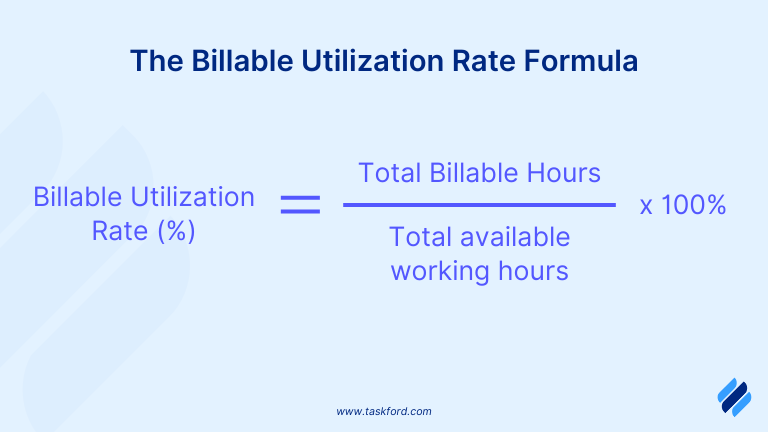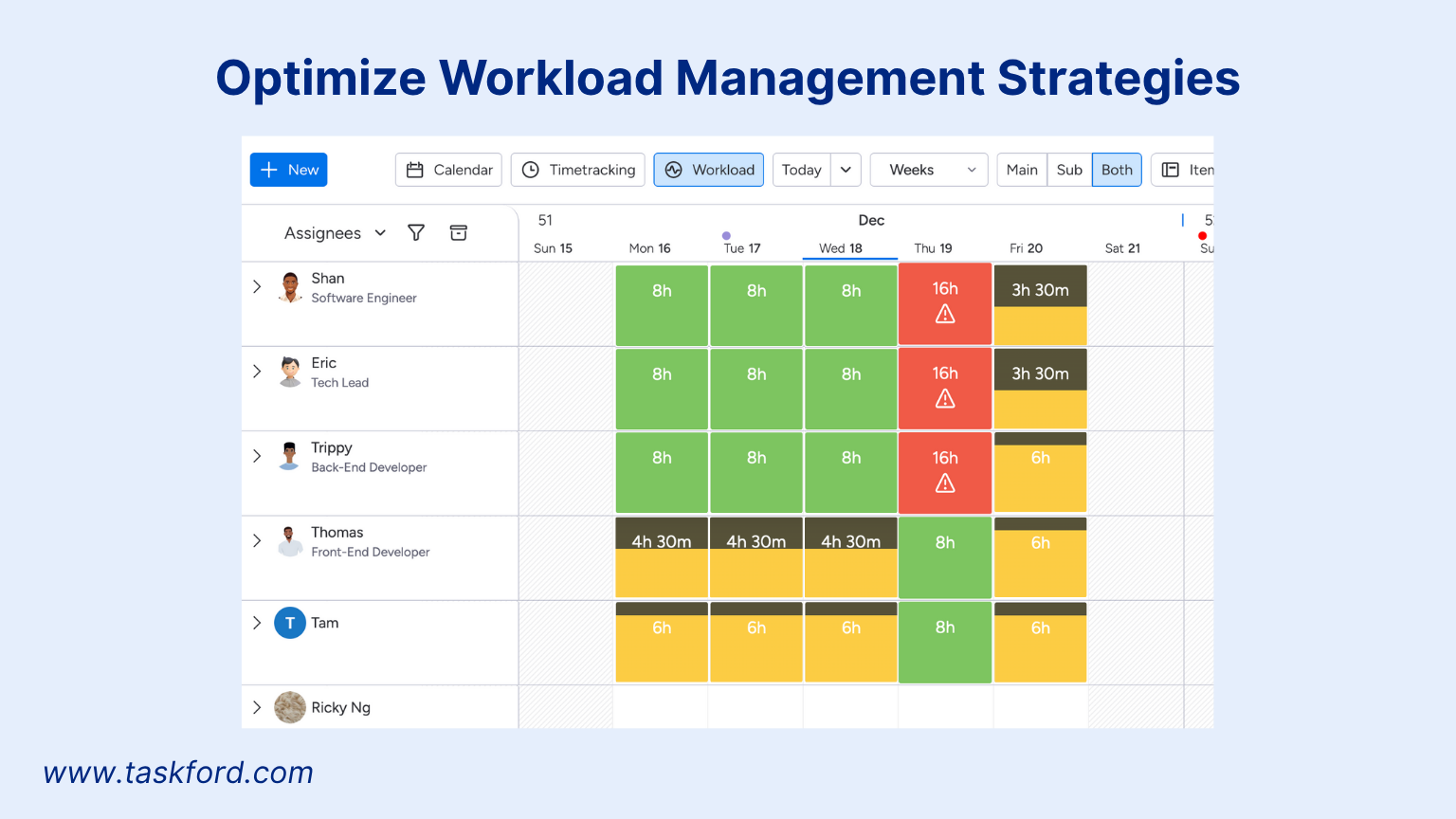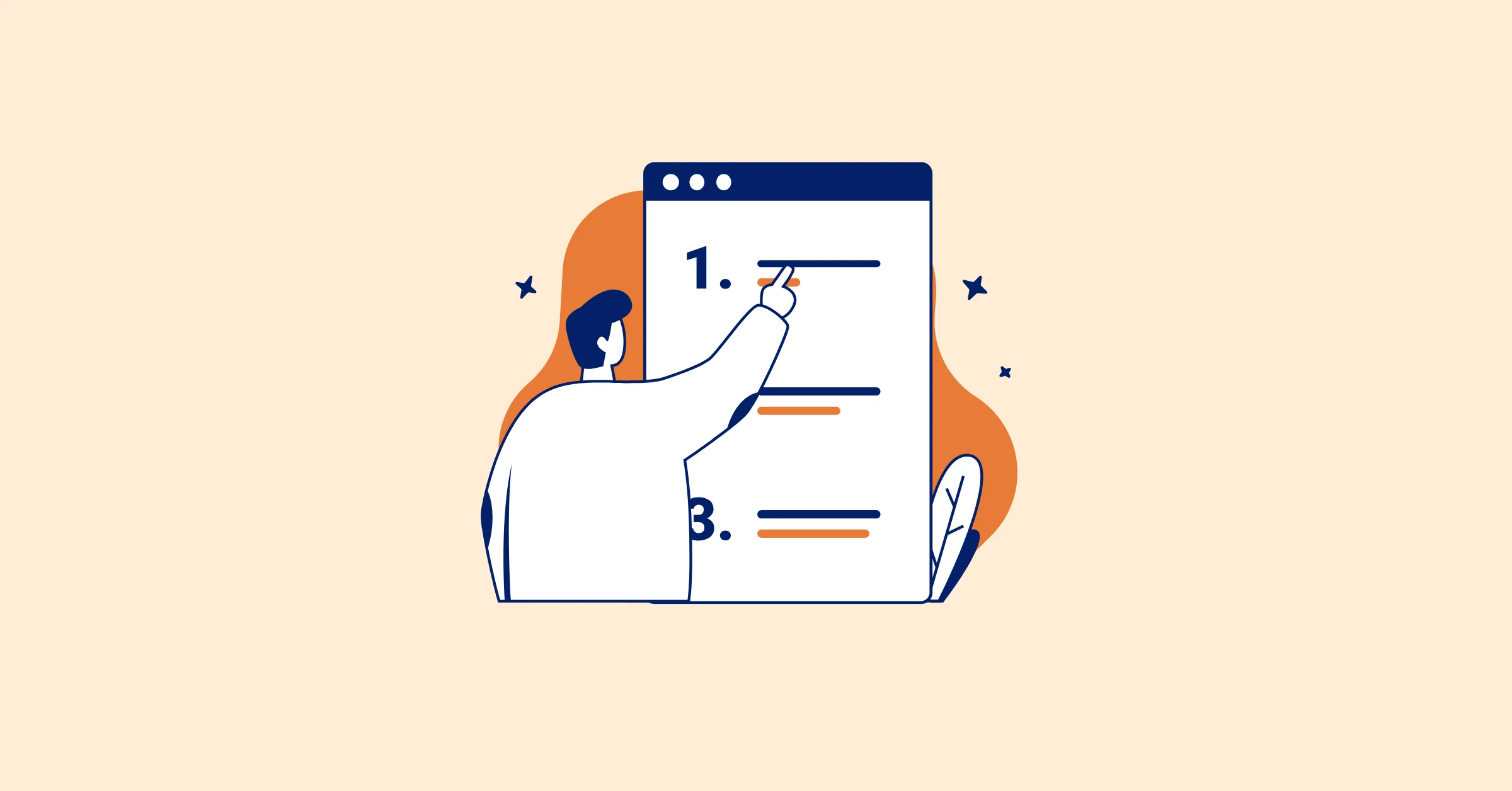Cost Tracker for Agencies: Billable Hours, Utilization, and Profitability
Discover how a cost tracker empowers marketing agencies to master billable hours, utilization rates, and profitability for sustainable growth.
Managing costs is the backbone of a successful marketing agency. From crafting compelling ad campaigns to optimizing SEO strategies, every hour spent impacts your bottom line. A cost tracker is more than a tool, it’s a game-changer that empowers agencies to calculate billable hours, track utilization rates, and boost profitability.
This blog explores how marketing agencies can use a cost tracker like TaskFord to address financial challenges, optimize time allocation, and drive sustainable growth.
Why A Cost Tracker Matters for Marketing Agencies
Marketing agencies thrive in a fast-paced world where time is money. Whether you’re managing social media campaigns or delivering creative content, understanding where your resources go is critical. Without a cost tracker, you risk losing revenue to untracked hours, misjudging project costs, or underbilling clients. Cost tracking provides real-time insights into time, expenses, and team performance, enabling agency leaders to make data-driven decisions that enhance cost management and profitability.
(Learn more: The Role Of A Marketing Project Manager)
The Financial Challenges Agencies Face Without A Cost Tracker
![]()
Agencies face unique financial hurdles due to fluctuating project demands, tight deadlines, and diverse client needs. Common challenges include:
- Untracked Time: Small tasks like client emails or quick revisions can add up, reducing profitability if not tracked.
- Inaccurate Billing: Failing to capture all billable hours leads to lost revenue and strained client relationships.
- Scope Creep: Projects expanding beyond their original scope can drain resources without additional compensation.
- Low Utilization Rates: Spending too much time on non-billable tasks like internal meetings reduces revenue potential.
A cost tracker addresses these issues by providing clarity on billable hours, utilization rates, and project costs. By integrating cost management into your agency’s operations, you can optimize time allocation, ensure accurate billing, and maximize profits.
Understanding Billable Hours and Their Role in Cost Management

Billable hours refer to the time that businesses and professionals spend working on tasks that can be charged to a client. These hours are recorded and included in invoices based on an agreed rate.
Billable hours are the core of many marketing agencies, representing time spent on tasks that clients pay for directly, such as creating ad copy, designing graphics, or conducting keyword research for SEO campaigns. Tracking these hours accurately is a key role of a cost tracker, ensuring agencies capture all revenue-generating work and maintain financial control.
Billable vs. Non-Billable Hours And How A Cost Tracker Helps Calculate Them
- Billable Hours: These are tasks that generate revenue, like writing blog posts or managing PPC campaigns. For example, if a designer spends five hours creating social media visuals, those hours are billable because they contribute to a client deliverable.
- Non-Billable Hours: These include internal tasks like team meetings, training, or administrative work. While necessary, these activities don’t generate revenue, so minimizing them is crucial for profitability.
A cost tracker's time tracking feature allows agencies to see billable and non-billable hours in specific projects, ensuring accurate calculations. For instance, a marketing team can track time spent on a client’s email campaign versus internal planning, enabling precise invoicing and cost analysis. This helps agencies avoid underbilling and ensures every billable hour is accounted for, directly supporting cost management.
Calculating Billable Utilization

Billable utilization measures the percentage of total hours spent on billable tasks. It’s a critical metric for assessing how effectively a team’s time generates revenue. The formula is:
Billable Utilization Rate = (Total Billable Hours ÷ Total Available Working Hours) × 100
For example, if a content writer works 40 hours in a week and 32 hours are billable (e.g., drafting blog posts), their utilization rate is: 32 ÷ 40 × 100 = 80%
A healthy billable utilization rate for creative roles is typically 75-80%, while managers might aim for 35-50% due to their oversight duties. This allows agencies to identify team members with low utilization rates and adjust tasks to focus on revenue-generating activities like marketing campaigns, ensuring efficient cost management.
Using a Cost Tracker to Optimize Billable Utilization
Billable utilization is more than a metric, it’s a lever for improving efficiency and profitability. A cost tracker like TaskFord helps agencies maximize utilization rates by providing visibility into how time is spent across projects.
Monitoring and Improving Utilization Rates
Time-tracking and reporting tools allow agencies to monitor utilization rates in real-time. For example, if a social media manager’s utilization rate is only 60% due to excessive non-billable tasks like internal reviews, a dashboard can highlight this gap. Managers can then reassign tasks or reduce non-billable activities to boost utilization closer to the 75-80% target. This helps agencies ensure more time is spent on billable tasks like campaign management, directly impacting revenue.
Balancing Team Workloads
High billable utilization requires balanced workloads to avoid burnout or idle time. Viewing workloads provides a snapshot of team members’ task assignments and capacity, enabling managers to allocate resources effectively. For instance, if a designer is overloaded with billable tasks, a cost tracker can help reassign work to a team member with lower utilization, optimizing overall efficiency. This reduces bench costs (expenses from idle staff) and supports cost management by ensuring every hour contributes to revenue.
Strategies to Boost Utilization
- Prioritize Billable Tasks: Use a cost management tool to categorize tasks, ensuring team members focus on high-value activities like SEO optimization.
- Automate Time Tracking: Built-in timer reduces manual errors, making it easier to capture billable hours accurately.
- Analyze Trends: Regular reports help identify patterns, such as recurring non-billable tasks, allowing agencies to adjust processes.
By leveraging these strategies, agencies can use a project management tool like TaskFord to achieve higher billable utilization rates, maximizing revenue from marketing projects.
Driving Profitability with a Cost Tracker
Profitability is the ultimate goal of cost management, and a cost tracker is a powerful tool for achieving it. By calculating billable hours and utilization rates, this method helps agencies translate time data into financial success.
How a Cost Tracker Ensures Profitability
A cost tracker boosts profitability by leveraging billable hours and utilization data to optimize financial decisions for marketing agencies. This use case highlights how it enhances revenue and efficiency.
- Improves Pricing Accuracy: Uses billable hour data to set precise rates for marketing tasks like ad campaigns, ensuring margins reflect true effort.
- Focuses on Profitable Services: Identifies high-margin tasks, like SEO or content creation, through utilization insights, prioritizing resource allocation.
- Enhances Client Selection: Analyzes client revenue versus costs, helping retain profitable accounts.
- Minimizes Wasted Resources: Optimizes workloads to reduce idle time, increasing billable hours and revenue.
These tools strengthen cost management, driving sustainable profits.
How TaskFord Enhances Cost Tracking for Agencies
TaskFord is a comprehensive project management and resource planning platform designed for all teams, including marketing agencies. The platform offers robust cost management and cost tracking features to calculate billable hours, utilization rates, and profitability. Here are the features that make TaskFord ideal for agencies compared to other tools like Toggl Track:
- Accurate Time Tracking: TaskFord’s built-in timer lets team members log billable hours for tasks like creating marketing content or managing ad campaigns. This ensures precise invoicing and prevents revenue loss from untracked time. For example, a team can track hours spent on a client’s social media campaign versus internal tasks, ensuring clear billing distinctions.
![]()
- Billable Hours Tracking: Agencies can track billing rates per resource, team, or project, ensuring accurate invoices. This feature is crucial for calculating client profitability and preventing underbilling.
![]()
- Workload Optimization: The Workload view visualizes team capacity, helping balance tasks to maximize billable utilization and reduce bench costs.

- Gantt Charts for Cost Visualization: TaskFord’s Gantt Charts align project timelines with costs, ensuring expenses track with marketing campaign milestones.

TaskFord’s user-friendly interface and quick adoption make it accessible for agencies of all sizes, from small teams managing projects to large firms handling complex campaigns. Its features support both traditional and Agile methodologies, ensuring flexibility for diverse marketing needs.
Practical Tips for Using a Cost Tracker
- Define Billing Categories: Clearly distinguish billable and non-billable tasks to ensure accurate tracking.
- Automate Time Logging: Use built-in timer to reduce manual errors and save time.
- Monitor Utilization Weekly: Review dashboards to identify and address low utilization rates promptly.
- Encourage Team Adoption: Show staff how a cost tracker improves workload balance and benefits their daily tasks.
- Leverage Reports: Use profitability and utilization reports to make data-driven decisions.
Real-World Example: How A Cost Tracker Transformed an Agency
A mid-sized marketing agency struggled with inconsistent profitability due to untracked hours and low utilization rates. Using TaskFord, they discovered 40% of their time was non-billable, spent on tasks like excessive client revisions. By implementing the tool's time tracking and utilization dashboards, they increased billable utilization from 60% to 78%, reducing non-billable hours by 15%. Real-time budget tracking also helped them address scope creep in a PPC campaign, boosting revenue by 20%.
Conclusion
A cost tracker is a vital tool for marketing agencies, enabling precise calculation of billable hours and utilization rates to drive efficiency and profitability. By addressing challenges like untracked time and low utilization, a cost tracker empowers agencies to optimize cost management and achieve sustainable growth.
Whether managing content marketing or large-scale campaigns, a cost tracker’s features deliver actionable insights. By leveraging a cost tracker like TaskFord, you’ll enhance efficiency, maximize revenue, and build a thriving marketing agency. Start using a cost tracker today to take control of your billable hours and drive results.
Learn more:
- Project Cost Management 101: A Beginner's Guide to Budgeting and Control
- Project Cost Tracking: What Is It And How To Do It Right
- How to Keep Project Costs in Line: A PMO’s Simple Guide to Cost Control In Project Management
Making work simpler,
smarter, and more connected
Join our waitlist and be notified first.

Related Blog
Subscribe for Expert Tips
Unlock expert insights and stay ahead with TaskFord. Sign up now to receive valuable tips, strategies, and updates directly in your inbox.


